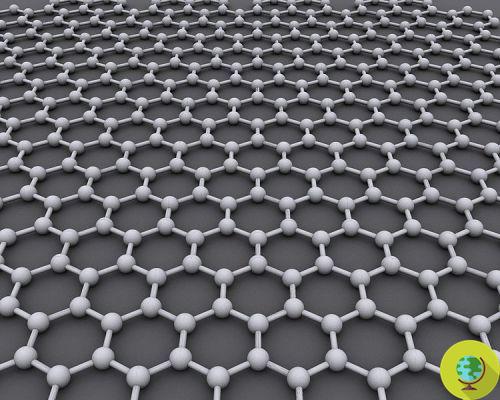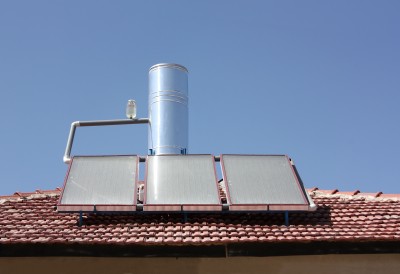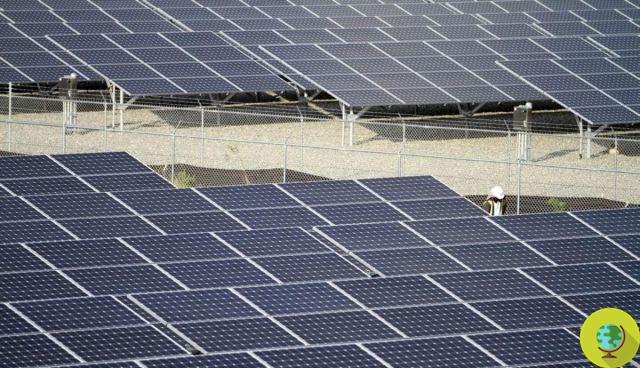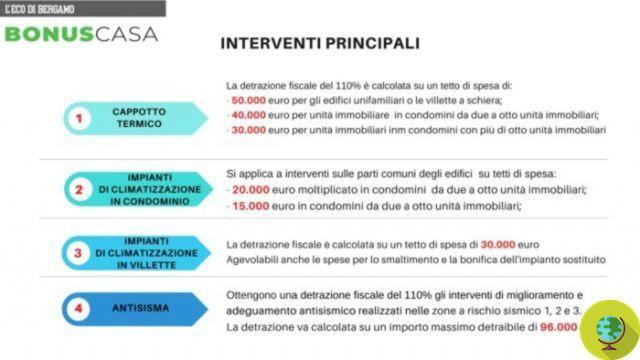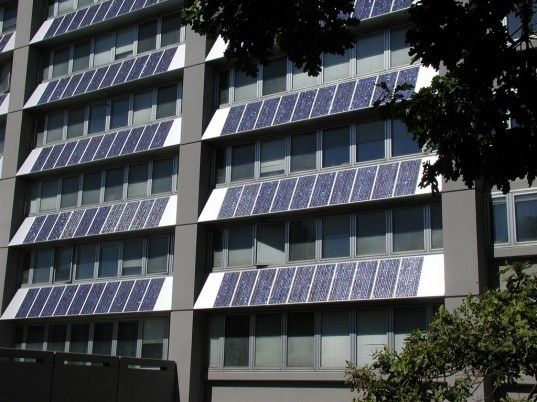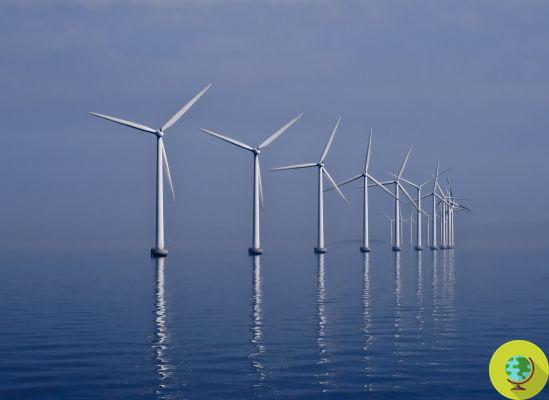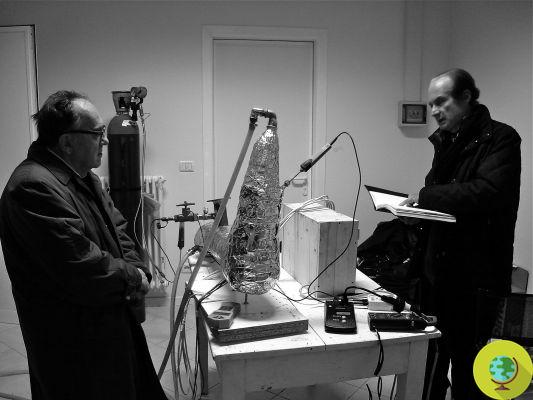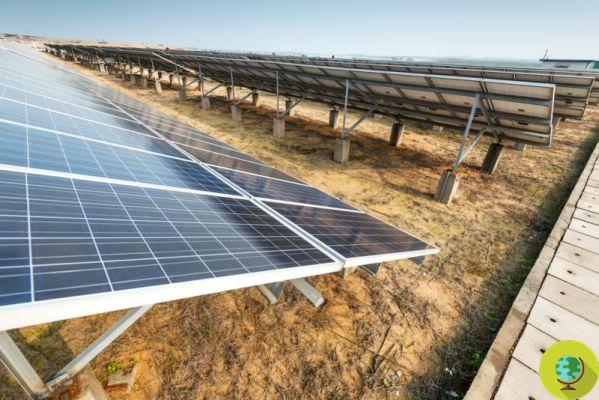
Photo Enhanced Thermionic Emission, or (roughly): “photointensifier with thermionic emission”. This is the latest innovation in the photovoltaic sector. It comes from California, a country that has invested heavily in research and money in the renewables sector in recent years, and which is now apparently reaping new fruit. It is a device, developed by a group of engineers at Stanford University, which promises to revolutionize the very idea of a solar panel. Or, better, a photovoltaic cell.
He is about to end up run over, his mother saves him
Photo Enhanced Thermionic Emission, or (roughly): “thermionic emission photointensifier”. This is the latest news in the sector of PV. Comes from California, a country that in recent years has invested heavily in research and money in the sector of renewable, and which now, apparently, is harvesting a new fruit. It is a device developed by a group of engineers from Stanford University, which promises to revolutionize the very idea of solar panel. Or, better, of photovoltaic cell.
Il PETE - abbreviation with which the device is indicated - it is in fact designed to operate in a radically different way compared to current standards. The main difference is that, unlike the traditional systems, Whose efficiency è inversely proportional to the temperature developed, the efficiency of the PETE, on the contrary, it is directly proportional to the temperature itself. To give an idea, while the photovoltaic cells we are used to, those in silicon, reach the so-called "peak efficiency"Around the 100 ° degrees, the PETE cells (actually some kind of cup), should also perform optimally a 200 ° degrees.
The secret seems to be in the different materials used - first of all the gallium nitride, for an semiconductor direct gap -, which would allow to use, in addition to the entire solar spectrum (and no longer just a part of it, as for the cells in silicon) also the heat product as a "waste" of the process. There are already several systems that transform this heat into energy; the problem is that they are activated only at very high temperatures, that is, as above, just in case the solar cell makes less. The solution, therefore, was to be able to combine the two performances in a single device. And this, in fact, seems to be the goal achieved by the PETE project.
“After hitting the device,” he explains Nick Melosh, coordinator of the research group, “light generates electricity and heat. After that, the excess heat is converted by special systems present in the PETE. Which therefore has two major benefits in the energy production process compared to normal technology ". The estimated return would pass, on the basis of the experiments conducted so far, from 20 to 30%These are: + 50%. To which should be added the economic factor of the materials used: less quantity needed, lower cost and greater availability.
The research, described by Melosh himself in a article appeared in the magazine Nature Materials, could therefore upset the sector of PV, and not just in the United States. The author is convinced of this, who apparently already has the slogan for PETE ready: "the higher… the better!". Referring to the temperature, of course.
Roberto Zambon







